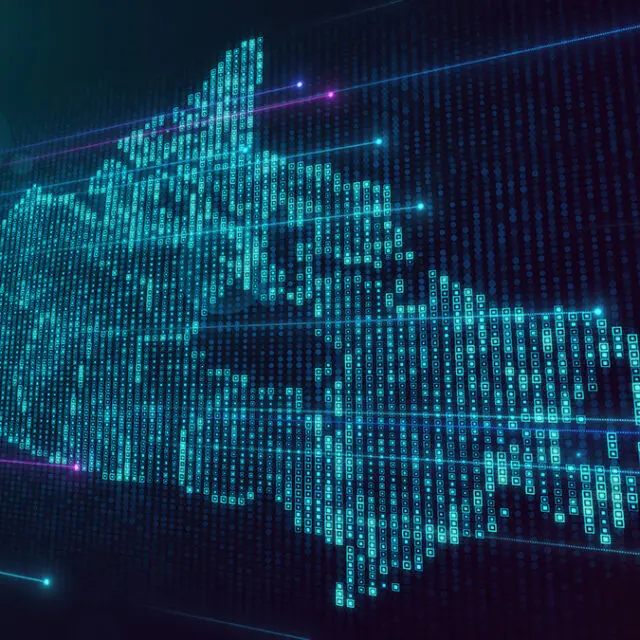Excerpt from Interac White Paper: Insights on Digital Identity
Not so long ago, our ability to make payments and manage our finances was constrained by a major hurdle—the need to physically visit a bank or deliver cash or a cheque. This meant that transactions and payments could only be made in person during set business hours. We have come a long way since then. With the advent of the internet and modern payment networks, businesses no longer operate in defined time windows, giving people the ability to make payments and transfer funds to anyone, anytime, anywhere.
But there is another area of our lives that is still reliant on physical documents and in-person verification—identity. When it comes to proving who we are, presenting physical ID such as a passport, birth certificate and drivers’ license is still the norm.
Canada has welcomed the digital economy like few other countries, but our reliance on physical ID undermines its promise of efficient, convenient and secure transactions that can be conducted anytime and anywhere. To unlock the full potential of our increasingly digital economy, we require new ways to securely and conveniently prove who we are online.
Trust is critical to the solution
At its heart, the challenge is to establish a secure system that maintains trust while keeping sensitive personal information private and out of fraudsters’ hands.
While it might not seem so at first glance, payments systems and identification are a natural fit. Because security is the cornerstone of a trusted payments architecture, you can replace “making payments” with activities like “signing documents” or “registering for government services.” The basic requirement of secure yet convenient digital identification and authentication are the same.
Maintaining privacy through data abstraction
Similar to how payments such as Interac e-Transfer are processed today, security in a digital identification system can be enforced through data abstraction. This means that each person’s private identifiers (like a driver’s licence number) are transmitted via a proxy, also known as a token. Tokens are made up of randomized codes that are useless to hackers and allow us to prove who we are without revealing any sensitive personal information.
The potential is enormous
Wherever there is a requirement for physical ID to be presented and verified today, a digital identification solution has the potential to be a game changer.
It would make both large and small transactions in our lives easier, more secure and more convenient – from purchasing real estate or obtaining a mortgage to renewing a passport or applying for a government health card.
When widely adopted, a digital identity system would allow Canadians to move beyond the scattered, patchwork quilt of paper and online personal verifications that exist today to create a more holistic, ubiquitous system that is reflective of the modern 21st century economy we now inhabit.





